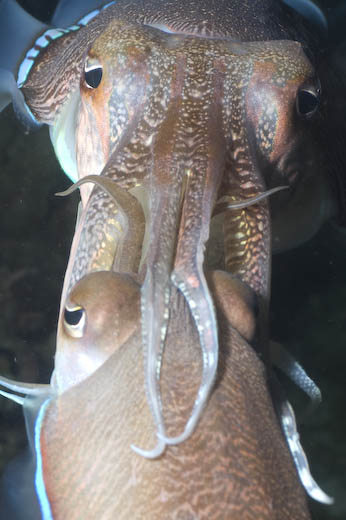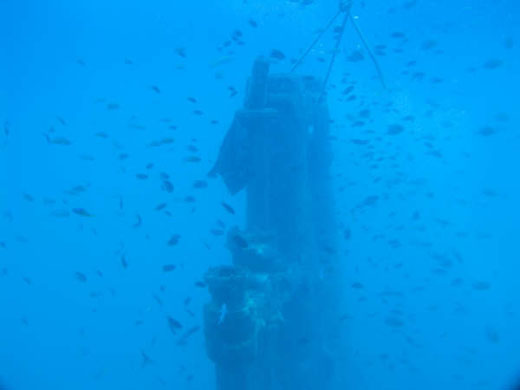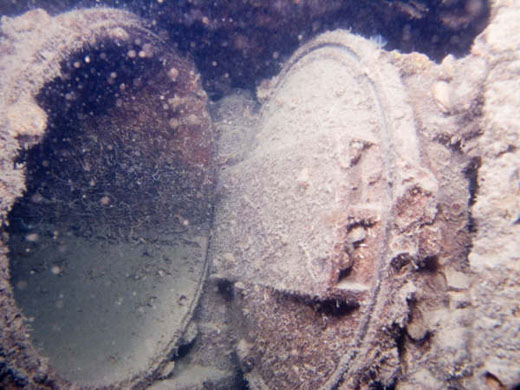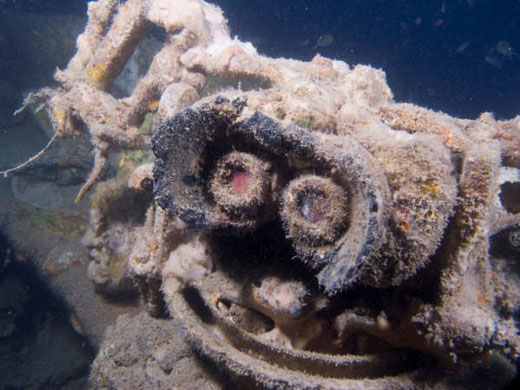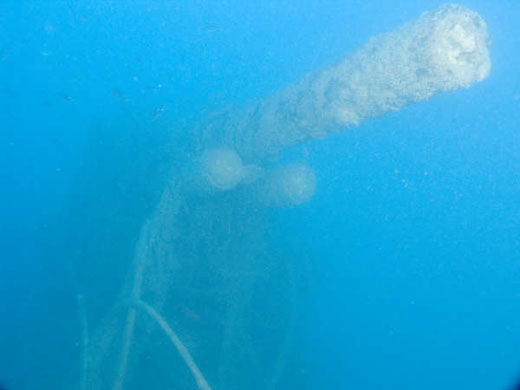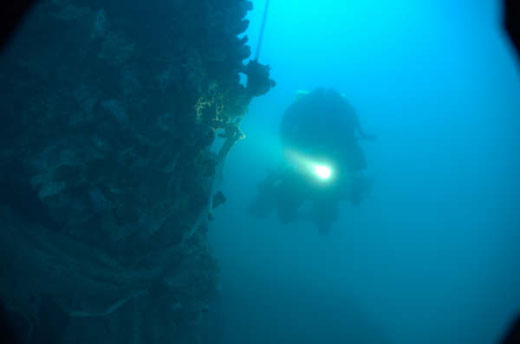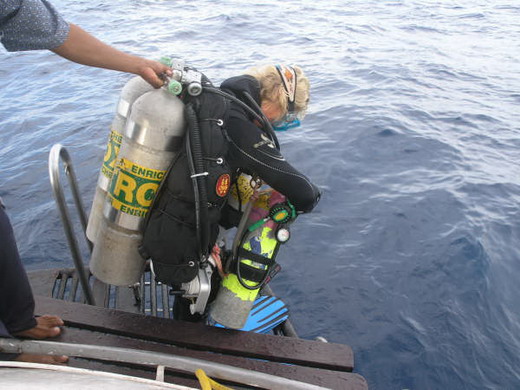The World War II submarine USS Lagarto had gone missing in action until it was found by two British deep sea divers in the Gulf of Thailand. Ayesha Cantrell dived the wreck with them and described this important act of remembrance for Diver magazine
Back in October my friend Ayesha Cantrell, a technical diving instructor who lives in Thailand, shared her first impressions of diving on the USS Lagarto. UK dive magazine Diver have subsequently published Ayesha’s superbly written account of the USS Lagarto’s history, its rediscovery by TechThailand deep divers Jamie Macleod and Stewart Oehl, and one of their research dives to the Lagarto itself. You can read Ayesha’s article online in full.

